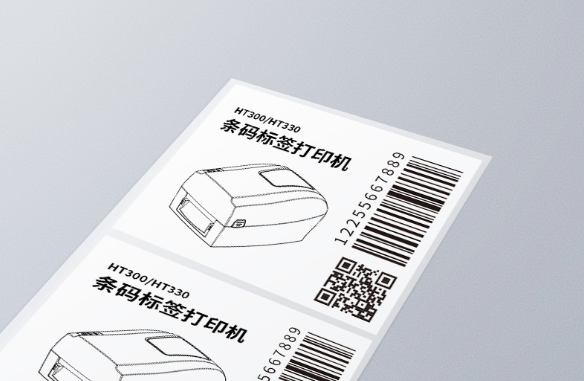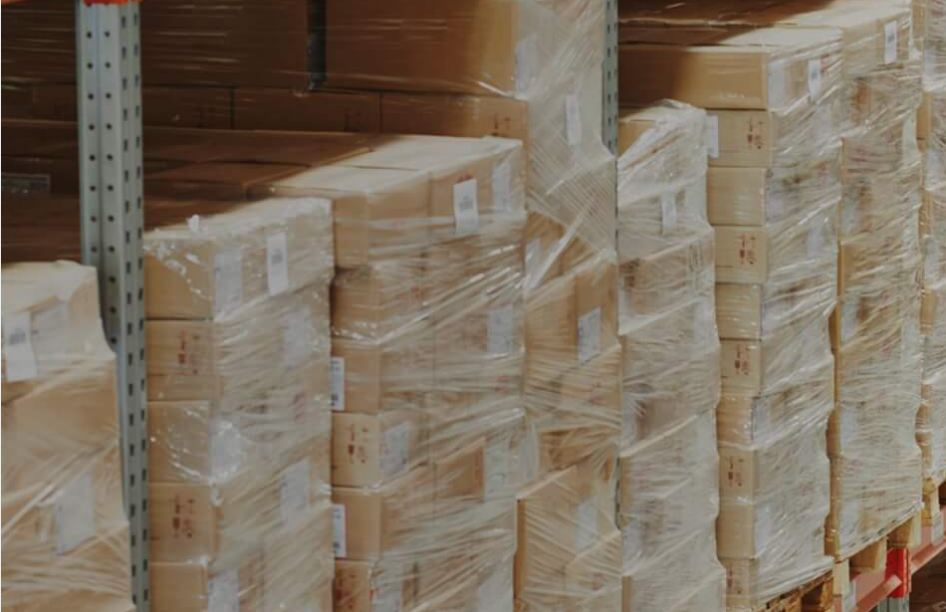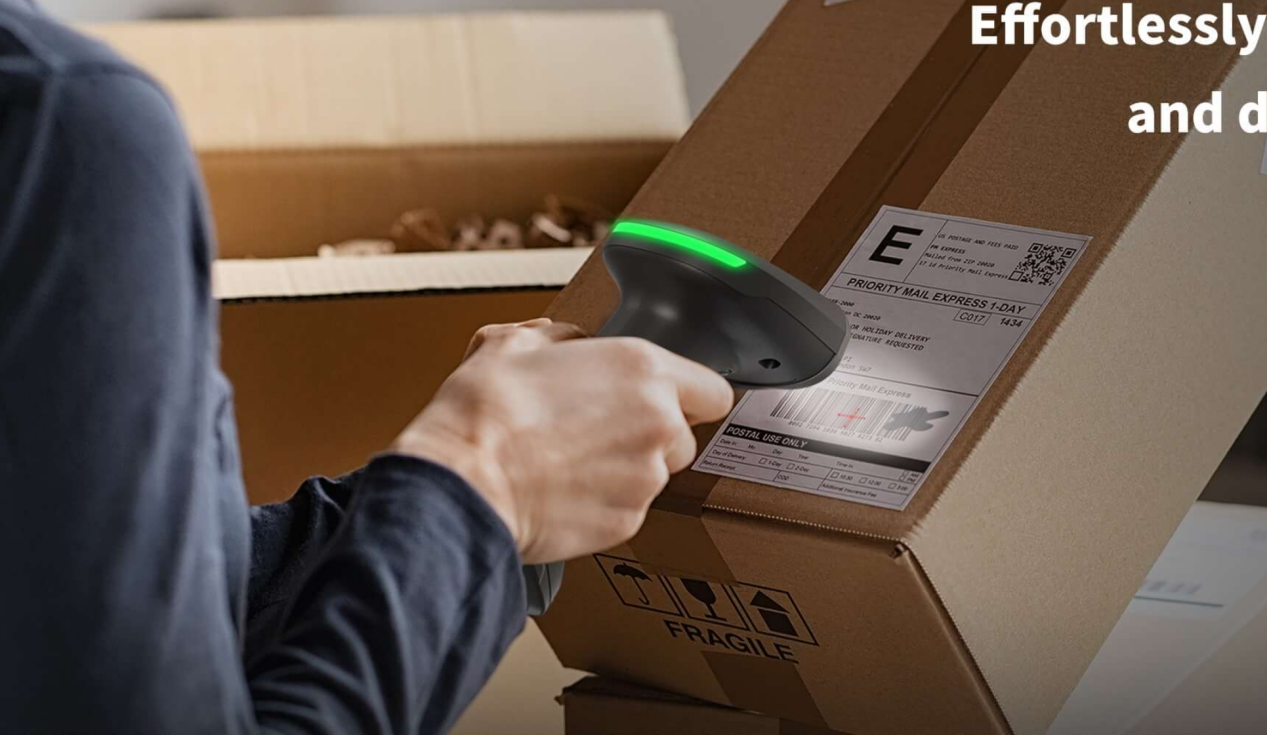Barcode verification and grading are essential for ensuring products flow smoothly through modern retail, logistics, and manufacturing supply chains. By guaranteeing that every printed code meets global quality standards, these processes ensure accurate scanning throughout a product's entire lifecycle. This guide covers ISO grading standards, the critical difference between barcode scanners and verifiers, and effective inline verification solutions.

Quick Answer: What Is Barcode Verification & Grading?
Barcode verification evaluates barcode print quality against global standards—ISO/IEC 15416 (1D) and ISO/IEC 15415 (2D). Unlike simple scanning, it detects hidden defects like low contrast or modulation issues to guarantee consistent readability.
Barcode grading translates these measurements into a quality score, typically ranging from Grade A (4.0) to Grade F (0.0). Most global retailers and logistics providers require suppliers to meet a minimum grade—often Grade B or better—to ensure trouble-free scanning across the supply chain.
What Is Barcode Verification?
Barcode verification is a standardized process that assesses whether a printed barcode can be scanned reliably in real-world environments. It goes beyond simple data reading to analyze the code's optical structure and compliance with technical specifications.
Using specialized equipment like barcode verifiers, this process predicts whether the code will scan accurately on any device throughout the global supply chain.
Code quality verification is extensively applied across manufacturing, logistics, retail, and healthcare, playing a vital role in enhancing product traceability, preventing counterfeiting, and ensuring supply chain safety and information accuracy.
What Is Barcode Grading?
Barcode grading evaluates the print quality of a barcode and assigns it a score or letter grade. A high grade indicates that the barcode is easy to scan, even under challenging conditions. A low grade suggests that scanners may struggle to decode the code at certain angles, distances, or lighting conditions.
How Barcode Grading Works
Barcode grading is performed by measuring several quality parameters like
- ●Edge Contrast: difference between bars and spaces
- ●Modulation: uniformity of bar/space reflectance
- ●Defects: imperfections such as spots or voids
- ●Decodability: how easily a scanner can interpret pattern
These parameters combine to determine the final grade, helping manufacturers detect printing problems before products enter the supply chain.
ISO/IEC: The International Standards for Barcode Quality
Since different barcodes serve different purposes, they are judged by different rules. The International Organization for Standardization (ISO) defines the three main pillars of barcode grading:
ISO/IEC 15416 (for 1D Barcodes)
Assesses linear codes (like UPC, EAN, Code 128) by measuring reflectance and edge contrast across 10 individual scan lines. The final grade is the average of these ten scans, preventing a single scratch from causing a false failure.
ISO/IEC 15415 (for 2D Barcodes)
Used for standard labels like QR Codes and DataMatrix. It evaluates the entire grid structure, focusing on module contrast and fixed pattern damage.
ISO/IEC TR 29158 (AIM DPM)
Major retailers (like Walmart and Amazon) follow GS1 General Specifications. While GS1 uses the underlying ISO methodology, it enforces stricter application rules. A barcode might pass ISO technical standards but fail GS1 requirements if the data format is incorrect.
Understanding the Barcode Grades (A to F)
Barcode quality is expressed as a letter grade (ANSI) or a numeric score (ISO). Understanding these levels helps you decide when to stop the production line.

Grade A (4.0)
Excellent: Perfect print quality. Readable by any scanner, even with poor lighting or rapid motion.
Grade B (3.0)
Good: High quality with minor imperfections. Fully compliant for all supply chains.
Grade C (1.5 - 2.0)
Acceptable: Readable by most devices. This is the standard minimum requirement for most retailers and logistics hubs.
Grade D (0.5 - 1.0)
Poor: Readable only by specialized scanners. Risk of scanning failure is high; recomended to check printer settings.
Grade F (0.0)
Fail: Unreadable or defective. These labels should be discarded immediately to prevent chargebacks.
Barcode Scanner vs Barcode Verifier: What’s the Difference?
Now that you understand the strict grading standards (A-F), a common question arises: "Can't I just use my regular scanner to check quality?"
The answer is no. A barcode scanner and a barcode verifier serve completely different purposes. A scanner simply reads the encoded information, while a verifier measures barcode quality to determine if it meets ISO/IEC standards.

| Feature | Barcode Scanner | Barcode Verifier |
|---|---|---|
| Primary Function | Reads barcode data | Grades barcode print quality |
| Standards Compliance | No | Yes (ISO/IEC 15416) |
| Output | Text/data | A–F grade + full quality report |
| Detects Printing Issues | No | Yes (contrast, defects, modulation, etc.) |
| Use Case | General Operations (Retail, Warehousing, Healthcare, Logistics) | Barcode Quality Control (Label printing, Packaging lines, Compliance auditing) |
In short, a scanner checks whether a code can be read; a verifier checks whether it is printed correctly.
Hanin (HPRT) Barcode Printer with Verifier for Inline Barcode Quality Control
In regulated industries like healthcare, automotive, and food manufacturing, barcode quality is non-negotiable. Regulatory bodies (like the FDA) and major retailers strictly enforce grading standards to ensure traceability. Ignoring these standards often leads to compliance fines, shipment rejections, and costly product recalls.
However, manual quality checks are slow and unreliable. To solve this, Hanin introduces an innovative solution: print and verify barcode system.
The Hanin Industrial Barcode with Verifier integrates an advanced OCR vision module directly into the printing workflow. It doesn't just print; it automatically inspects barcodes, text, symbols, and graphics in real time, eliminating issues like blurring or missing segments before they leave the factory.
- ●100% Inline Barcode Verification: Automatically inspects every single 1D and 2D barcode against ISO standards during the printing process.
- ●Advanced Defect Detection: Goes beyond simple scanning to detect character defects, position misalignment, pattern errors, and background blemishes, ensuring every label is visually perfect.
- ●Real-Time Error Prevention: The machine automatically stops and alerts operators if a low-quality or unreadable code is detected, preventing duplicate or defective labels.
- ●Automated Efficiency: Designed to be embedded into production lines, eliminating the need for manual scanning and significantly reducing labor costs.
- ●Wide Industry Application: Perfect for Medical Device UDI labeling, food traceability, and industrial manufacturing.
Key Features & Benefits:
By ensuring consistent Grade A/B quality, Hanin helps manufacturers improve traceability compliance and avoid economic losses due to barcode defects.
Hanin’s barcode label printer with verifier represents the future of barcode management. Contact us today to learn more about our products and embark on your journey towards smart manufacturing!








